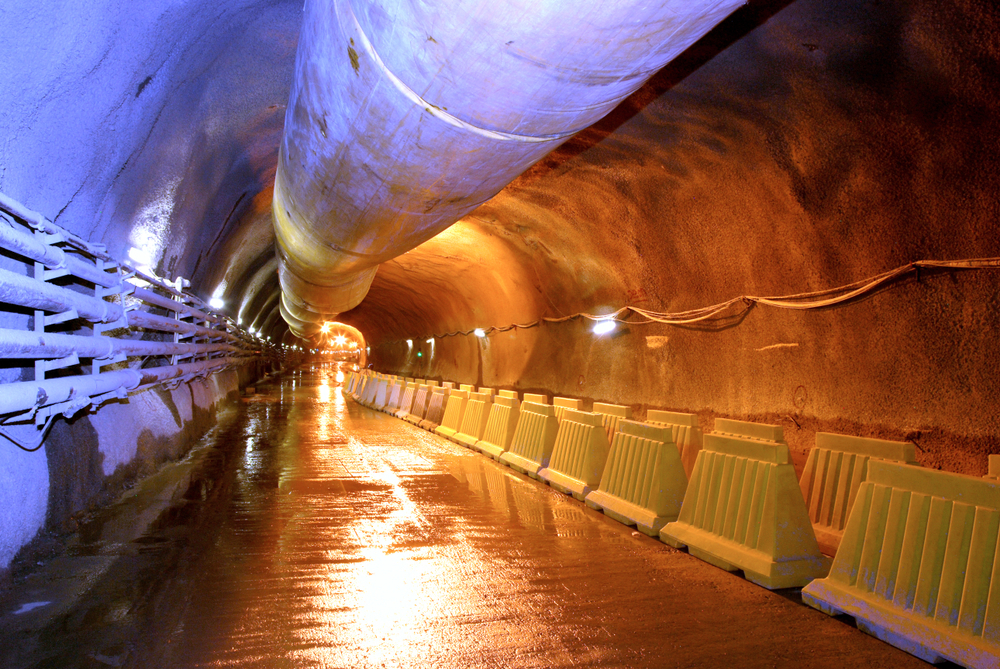
Penn State researchers recently received a five-year, $1.25 million grant from the Center for Disease Control’s Office of Mine Safety and Health Research to study how to improve ventilation in underground mines with large openings.
These types of mines account for approximately 60 percent of metal and nonmetal mines in the United States.
“This research is important because it can improve safety and offer better design guidelines for mine ventilation systems, which are not understood in detail in the United States,” Sekhar Bhattacharyya, associate professor of mining engineering in the John and Willie Leone Family Department of Energy and Mineral Engineering and principal investigator on the study, said. “There is popular misconception that mining research at Penn State focuses solely on the coal industry. This project makes a bold statement about the depth and breadth of mining research at our University.”
The Department of Interior’s Mining Safety and Health Administration regulates miners’ exposure to concentrations of diesel particulate matter (DPM). The researchers noted that reductions to safe limits have created a need to improve ventilation design and optimize systems to move fresh air to different parts of mines as needed.
Operators often use booster fans to improve airflow to various parts of a mine, but this process can be difficult to control in large-opening mines, as compared to coal mining in constricted openings in compact seams. The high volume of large-opening mines makes it challenging to move and direct adequate quantities of fresh air, the scientists said.
Seasonal changes in weather also affect natural ventilation in shallow, large-opening mines due to heat transfer between circulating airflow and rock strata.
“It is well-known that seasonal changes in natural ventilation significantly influence the ventilation of these mines,” Shimin Liu, associate professor of mining engineering and co-PI on the project, said. “However, the manner and intensity of these changes has not been systemically and dynamically analyzed and subsequently codified and incorporated into ventilation planning and optimization.”
The researchers will work to develop tools to better understand booster fan placement, design, and optimization, DPM emission, and transport behavior in mines and how seasonal ventilation pressure contributes to rock-to-air energy exchange. Through improving modeling capacity and creating dedicated tools for booster fan optimization, the researchers said they hope to advance knowledge of air recirculation in large-opening mines.
Also included on the project is Derek Elsworth, professor of energy and geo-environmental engineering at Penn State.